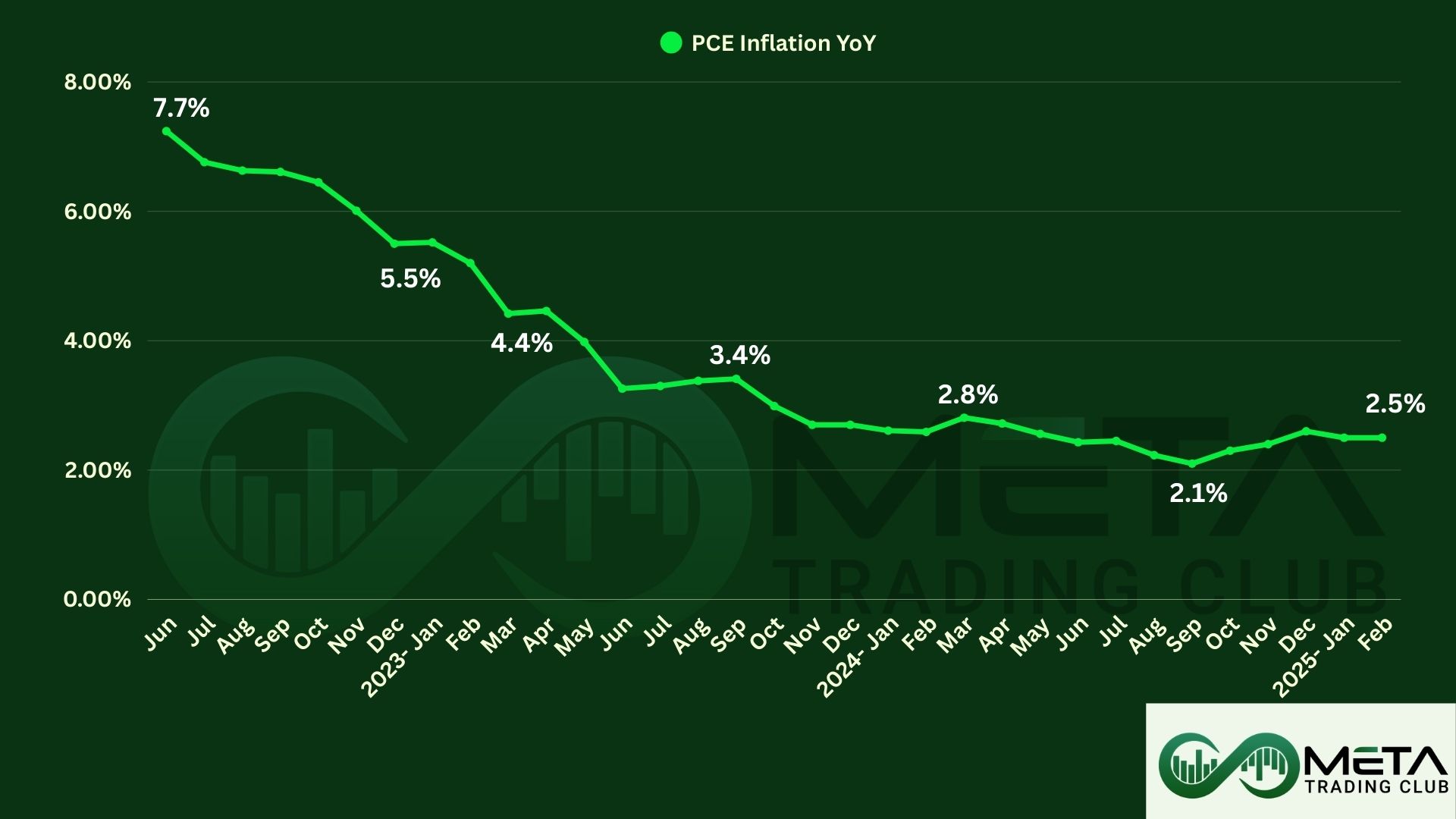In a press conference on September 18, 2024, Federal Reserve Chair Jerome Powell addressed the nation, unveiling important updates on the U.S. economic outlook and the Federal Reserve’s monetary policy. This conference marked a pivotal moment as the Fed announced its first interest rate cut in over four years, signaling a strategic shift aimed at supporting economic growth amid global uncertainties. Powell’s remarks provided valuable insights into the current state of the economy, labor market dynamics, inflation trends, and the Fed’s ongoing efforts to navigate a complex economic landscape. This article explains the key takeaways from Powell’s address, exploring the implications for consumers, businesses, and traders alike.
Jerome Powell’s press conference on September 18, highlighted the Fed’s proactive approach to managing the U.S. economy. The rate cut, focus on economic growth, attention to the labor market, commitment to controlling inflation, and strategic monetary policy adjustments all reflect the Fed’s efforts to navigate a complex economic landscape. These measures aim to sustain economic growth, ensure price stability, and support a healthy labor market.
Interest Rate Cut
The Federal Reserve announced a half-point reduction in interest rates, bringing the federal funds rate down to 4.75% – 5%. This is the first rate cut in over four years.
Jerome Powell emphasized that the rate cut was necessary to support economic growth amid signs of slowing momentum. The decision was influenced by a combination of factors, including global economic uncertainties, trade tensions, and a desire to ensure that inflation remains near the Fed’s 2% target.
- For Consumers: Lower interest rates typically reduce borrowing costs for consumers, making it cheaper to finance big-ticket items like homes and cars. This can boost consumer spending, which is a significant driver of economic growth.
- For Businesses: Businesses benefit from lower borrowing costs, which can encourage investment in expansion and capital projects. This can lead to job creation and increased economic activity.
- For the Stock Market: Historically, lower interest rates have been favorable for the stock market as they make equities more attractive compared to bonds. This can lead to higher investors confidence.
Economic Growth
Powell noted that the U.S. economy remains robust, with GDP growth projected to be around 2% for 2024. This growth is supported by strong consumer spending and a rebound in business investment.
- Consumer Spending: Despite some headwinds, consumer spending has remained resilient. Factors such as a strong labor market, rising wages, and high levels of consumer confidence have supported this trend.
- Business Investment: After a period of sluggishness, business investment in equipment and intangibles has picked up. This is a positive sign for future productivity and economic growth.
Powell acknowledged that there are challenges, including geopolitical uncertainties and potential disruptions in global supply chains. These factors could impact future growth prospects.
Labor Market
Also, he said the labor market has cooled from its previously overheated state. The unemployment rate stands at 4.2%, and payroll job gains have averaged 116,000 per month over the past three months.
- Job Gains: While job gains have slowed, they remain positive, indicating that the labor market is still adding jobs, albeit at a more sustainable pace.
- Wages: Wage growth has moderated but remains solid. This is important for maintaining consumer spending and overall economic stability.
A cooling labor market can help reduce inflationary pressures, as slower wage growth can lead to more stable prices. However, it also means that the Fed needs to be cautious in its policy adjustments to avoid triggering a recession.
Inflation
Powell noted that inflation has eased significantly from its peak of 7% to an estimated 2.3% as of August 2024. This decline is a result of the Fed’s monetary policy actions and improvements in supply chain conditions.
- Core Inflation: Core inflation, which excludes volatile food and energy prices, has also moderated. This is a positive sign that underlying inflationary pressures are easing.
- Expectations: The Fed’s long-term goal is to keep inflation around 2%. Powell reiterated the importance of maintaining this target to ensure price stability and economic predictability.
Despite the progress, Powell warned that inflation could remain volatile due to external factors such as geopolitical tensions and commodity price fluctuations.
Monetary Policy
Powell emphasized that the Fed would continue to reduce its securities holdings as part of its monetary policy strategy. This process, known as quantitative tightening, involves gradually reducing the Fed’s balance sheet by allowing securities to mature without reinvestment.
- Balance Sheet Reduction: The Fed’s balance sheet had expanded significantly during the pandemic to support the economy. Reducing it is a way to normalize monetary policy and ensure that the Fed has room to maneuver in future economic downturns.
- Policy Stance: Powell emphasized that the Fed’s policy stance remains data dependent. The Fed will continue to monitor economic indicators and adjust its policies as needed to achieve its dual mandate of maximum employment and stable prices.
The reduction in securities holdings is expected to tighten financial conditions slightly, which can help prevent the economy from overheating. However, it also means that the Fed needs to be careful not to tighten too quickly, which could stifle economic growth.
Disclaimer: The views and opinions expressed in the blog posts on this website are those of the respective authors and do not necessarily reflect the official policy or position of Meta Trading Club Inc. The content provided in these blog posts is for informational purposes only and should not be considered as financial advice. Readers are encouraged to conduct their own research and consult with a qualified financial advisor before making any investment decisions. Meta Trading Club Inc shall not be held liable for any losses or damages arising from the use of information presented in the blog posts.













